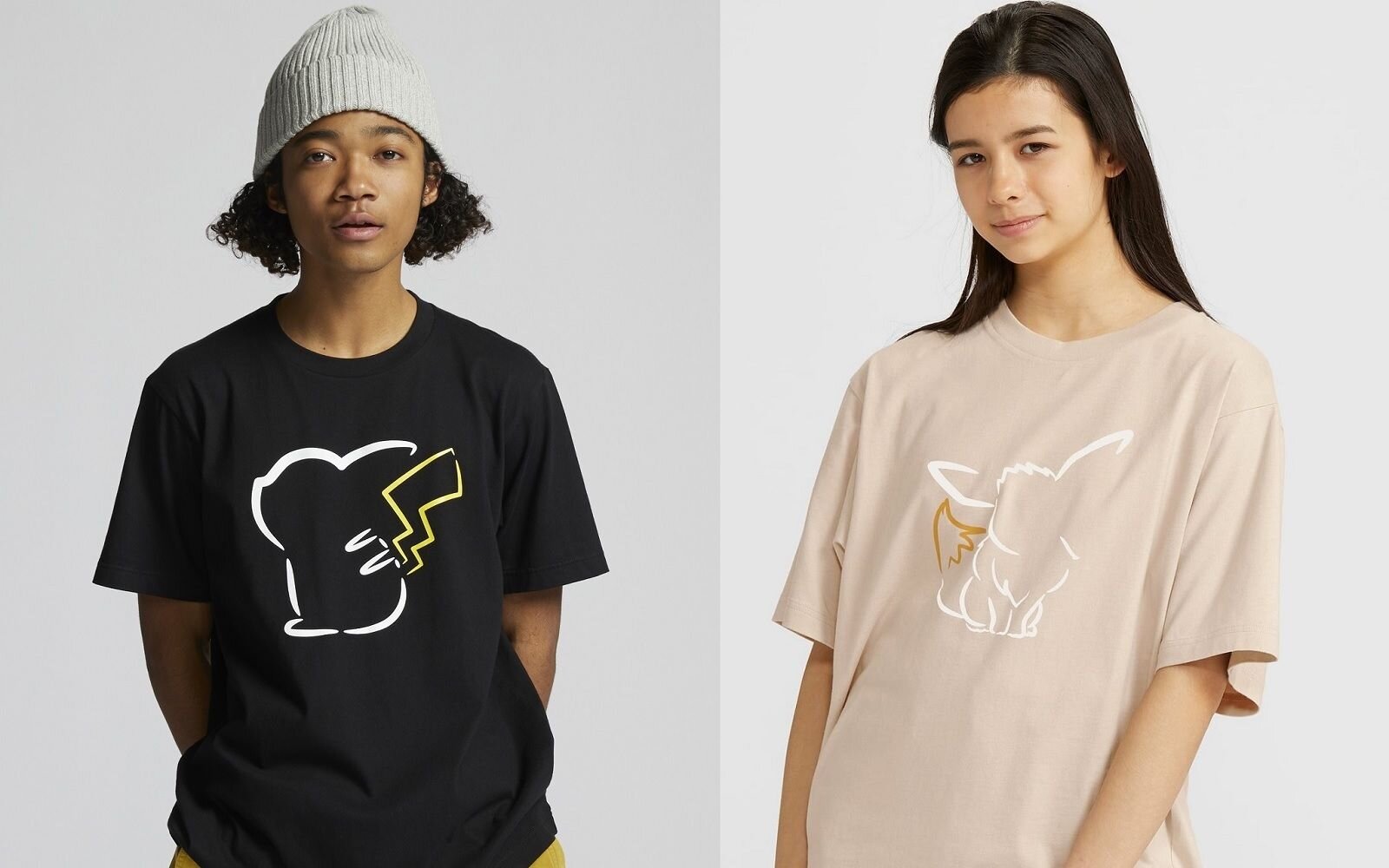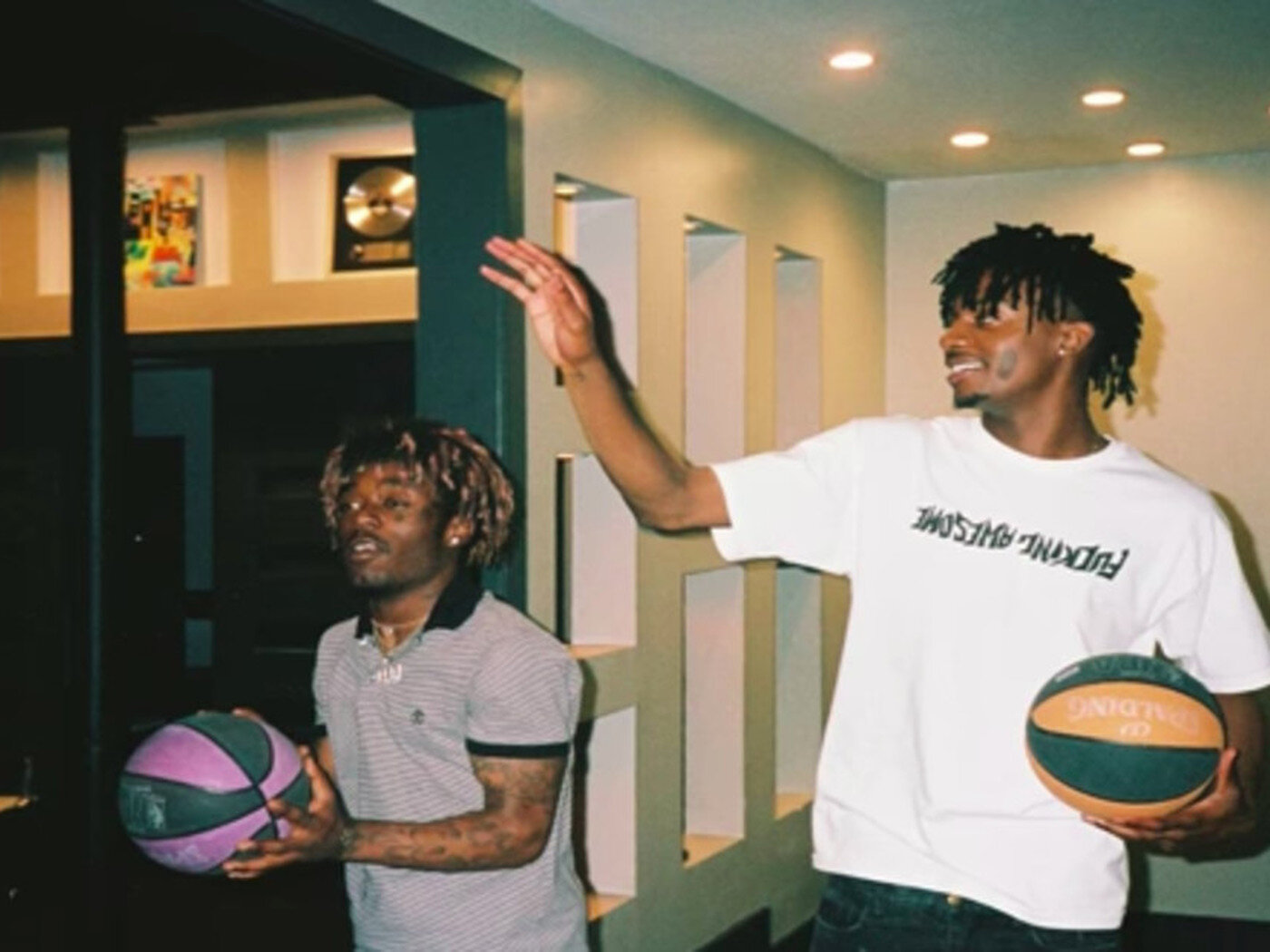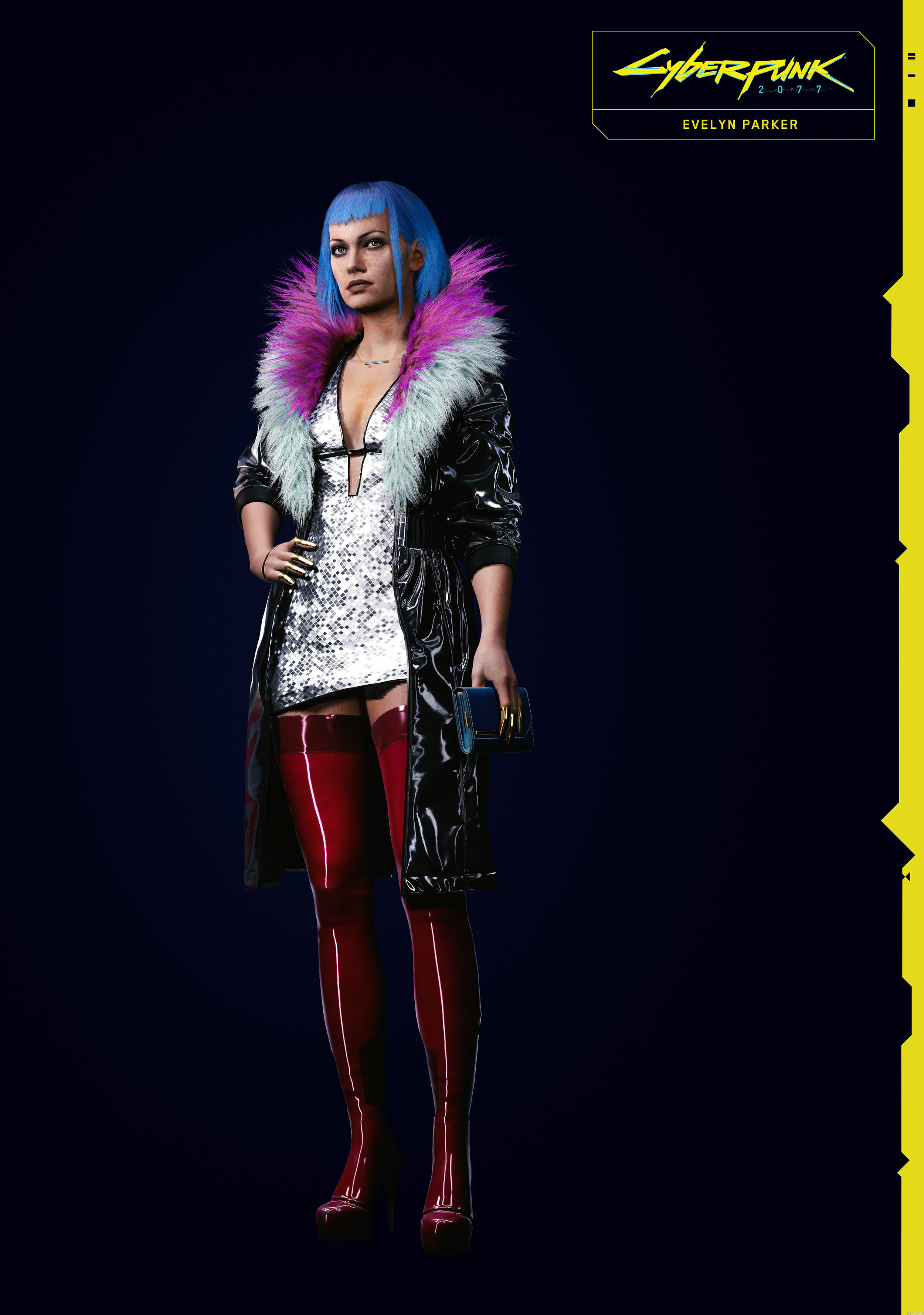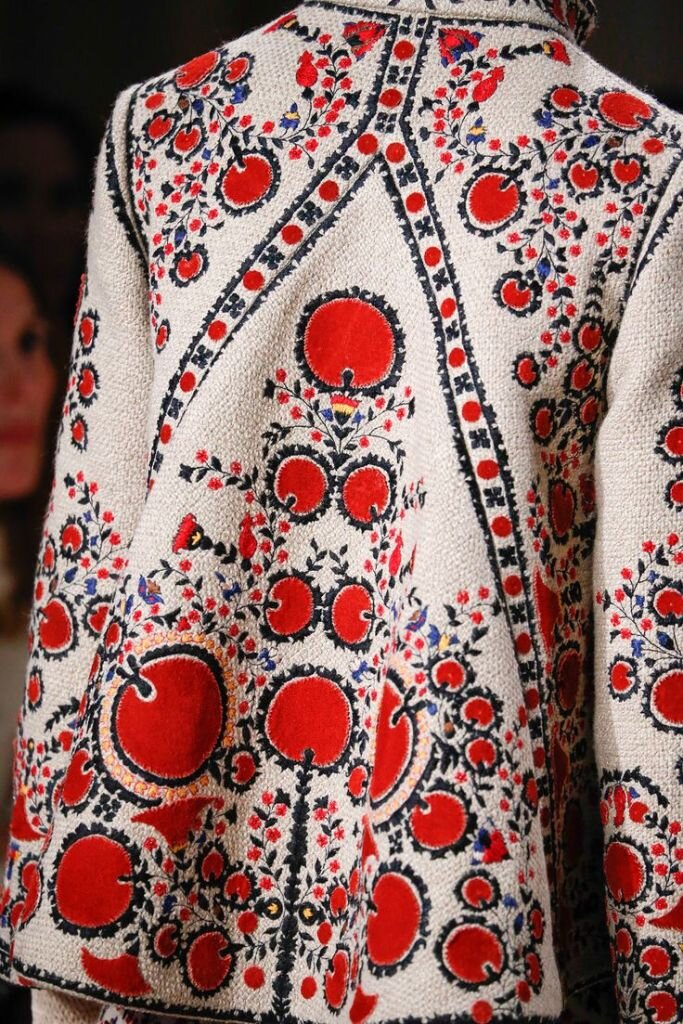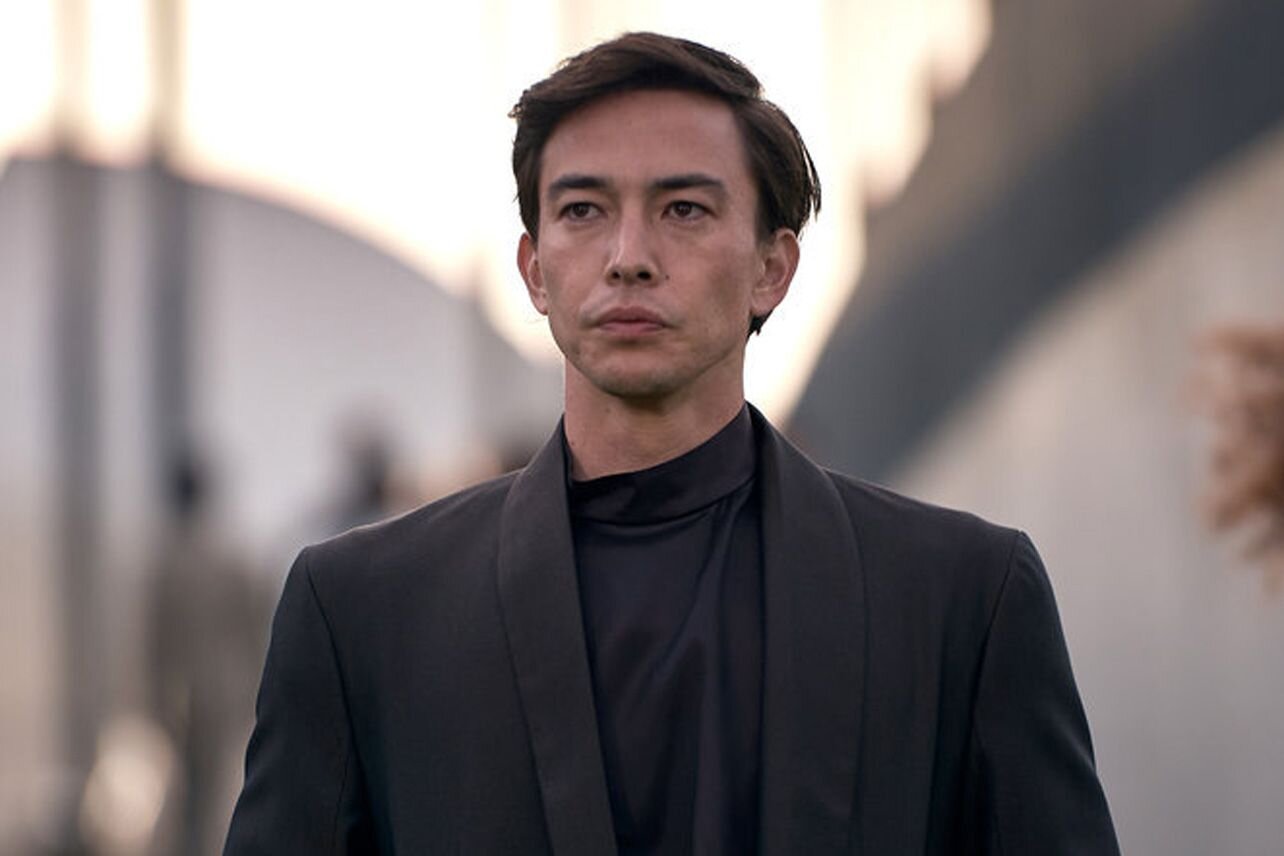Straight from the opener, Lana places herself thinking about the good ol’ days of being a waitress at nineteen: “I wasn't famous / Just listening to Kings of Leon to the beat.” While Del Rey is often characterized for her nostalgia for bygone eras, here the nostalgia is vivid and grounded. Her strained, high-register and whispery vocals struggle to fit some syllables into the melody. The instrumentation is sparse but builds into a stunning bridge. Despite its oddity, you get exactly what Lana means when she sings, “Somehow it made me feel / Made me feel like a god.”
From there on, the album’s title track is similarly nostalgic—though it is present-day Lana with her jewels on and under the chemtrails. There is a tinge of self-awareness about her privilege, and Lana continues to battle popular conceptions as she proclaims, “I'm not unhinged or unhappy, I'm just wild.” I don’t think anyone knocks her for being a free spirit, but the track serves as a dreamy encapsulation of the bubble Del Rey inhabits.
Lana then rides her “little red sports car” to new frontiers. The sultry “Tulsa Jesus Freak” continues the album’s growing sense of uneasiness with an interesting use of autotune and heavier instrumentation. The track’s layers of vocals and giggles are a sweet contrast to the oddness, quite fitting as Lana reassures her lover to not “be afraid of our love.” Although the next track, “Let Me Love You Like a Woman,” was the album’s first single, its piano-driven simplicity best fits within the context of the record. Lana is clear in her desire to leave LA and “talk about the good ol’ days.”
And so the record continues its trek across the Midwest with “Wild At Heart.” More than looking for new scenery, it’s clear Lana is running from fame’s exposure, as she croons, “The cameras have flashes, they cause the car crashes / But I'm not a star.” Lana’s versatile voice shines over the track’s country-tinged guitars. The chorus sums up her polarizing career aptly: “If they love me, they'll love me / 'Cause I'm wild, wild at heart.”
Jack Antonoff’s touch is best demonstrated in “Dark But Just A Game” with lovely percussion and synths. Lana battles with the “price of fame”, promising that, “I'm not gonna change/ I'll stay the same.” It's up to you to decide if that is a positive statement. The beat switches up into the more folky chorus is a stunning continuation of the album’s sonic themes, and from there Antonoff and Del Rey continue with the fragile “Not All Who Wander Are Lost.” Despite its bumper-sticker title, Lana manages to stray from too-cliche lyrics (though “'Cause every time I said no / It wasn't quite what I meant /If you know what I mean” certainly requires a doubletake).
The album continues to slow (stall?) with “Yosemite.” There is certainly a beauty to the track’s simplicity, as Lana manages to boil down love to its most tender sentiments. Even so, lyrics like, “We did it for fun / We did it for free / I did it for you / You did it for me” would not pass if it were not for Del Rey’s phenomenal melodies. However, sometimes such raw feelings don’t need the most complex lyricism to capture. To this end, “Breaking Up Slowly” is a simple country ballad that cuts straight to the point: “It's hard to bе lonely, but it's the right thing to do.” Nikki Lane and Lana sound beautiful together in the chorus, which makes the track’s short length a bit of a letdown.
On the other hand, “Dance Til We Die” goes on for long enough, particularly for being so far down the tracklist. Still, on its own, the track offers some of the album’s most beautiful moments. The chorus’ sax and optimism is fantastic. Carrying on the album’s themes, Lana is clear about feeling “burdened by the weight of fame.” Finally, the track’s bridge picks up with the best country twang, so good in fact that you wish the entire track had been that tempo.
Throughout the record, Lana namedrops many of her inspirations (Joan Baez, The White Stripes, Stevie Nicks, Tammy Wynette, etc.) so there is no surprise that Lana chooses to end an album about fame with a cover of Joni Mitchell’s “For Free.” Lana hands the mic over to Zella Day and Weyes Blood for most of the track, with the latter having the last word of the entire record. While the track is by no means a standout cover, the original’s classic beauty is undeniable and both Zella and Weyes outshine Lana (though it seems that is Lana’s intention). Certainly, for an artist seemingly at one of the most bright moments of her artistic journey, Lana is happy to share the spotlight with rising female singers. It’s a nice gesture given that she was not afforded the same in her early career.
I began this piece with an overview of Sirens not just to show off my Stan-level knowledge of Lana Del Rey, but in large part to demonstrate the full-circle moment that Chemtrails Over The Country Club is for her career. While it is easy to say that Chemtrails is artistically richer and more complex than Sirens, at its core is an artist that has promised to never change. To her point, I really don’t think she has. For an artist that has often been labeled inauthentic and lyrically shallow, the past two records that have been thematically not that different from her earliest work have nevertheless garnered her best critical reception.
Aside from the autobiographical nature of her work, it’s hard to separate the art from the artist with Lana Del Rey. I don’t mean to minimize the artistic merit of her past two records, given that I agree that they are stunning pieces of work. At the same time, however, Lana Del Rey received lashings from both the broader culture and critics for a significant part of her career simply because of who they perceived her to be. Still the same blonde, privileged girl at heart, it is puzzling to see the confusion around her statements and music. The theatrics of Born to Die now seems like a projection of her desires to be seen within the music industry that had cast her out for so many years. Seeing how much it backfired, Lana’s feelings that “maybe I was better off” make more sense and why her sound has naturally swung back around to the folkiness Sirens.
Chemtrails Over The Country Club finds Lana rejecting the fame that has enveloped her life, yet she is at once proving her songwriting and melodic talent, fifteen years into an unimaginably grand career. What Rock Candy Sweet, tentatively due out this summer, may dish out is probably already mirrored somewhere in Lana’s past work, but this does not make the future of Del Rey’s discography any less captivating.




























